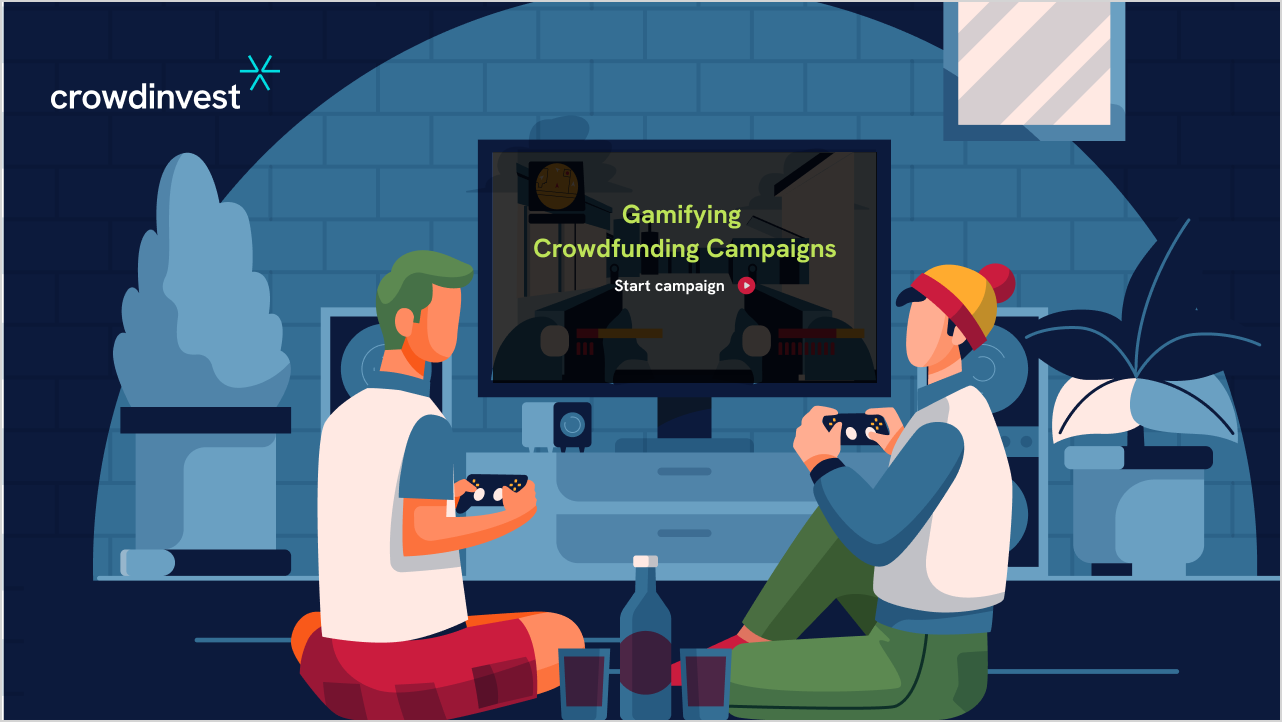Gamifying refers to competitive or playful elements being added to any kind of procedure. This includes elements like points, levels, and teams. These elements are not essential as such for the functioning of the model or process that they are integrated into. However, does this mean they have no real utility?
The human brain responds well to being stimulated and games are perhaps one of the oldest ways humans have stimulated their brains. In fact, the oldest known game was played 7000 years ago! Even in the present day, many experts believe that children learn better when their lessons are in the form of games.
Gamifying and the human brain
As seen before, the human brain reacts positively to gamification; this is an evolutionary response. Gamifying essentially creates small little challenges that turn into achievements when they are overcome. Once the perceived challenge has been overcome by the brain a chemical known as dopamine is released.
Dopamine is a neurotransmitter activated upon overcoming any kind of adversity and gaining something positive. In simpler terms, dopamine is what makes you feel good every time you do something right. The dopamine builds up to higher levels each time a new pinnacle is reached and it activates a pathway of sorts. This means that every time dopamine is released the brain gets the message that it must be doing something right. In order to experience that feeling again the brain will be stimulated into pushing you to repeat the actions that triggered the dopamine in the first place. Whether it's a workout, a video game, or a sport, every time you feel a sense of satisfaction levelling up and get the urge to keep going, it's dopamine in action.
A good gamification process takes factors into consideration and adds challenges to beat and tangible markers of achievement. These elements guide the brain into seeing the process as something that is desirable and activates the pathway to dopamine. As a result, the target user or audience is more inclined to understand the utility of the product or service. This means there is going to be a voluntary increase in the amount of time and effort dedicated towards the product/service. Apart from the inherent value and utility provided by the product/service, the consumer also gets to feel a healthy sense of achievement. This is something the human brain would like to sustain, which means it is a win-win situation.
How to gamify crowdfunding campaigns
-
Creating a visual graphic to track the number of funds raised with markers for price levels. Seeing a progress bar close to reaching a significant level can incentivise people to invest or donate more. This is because they are more likely to feel a sense of satisfaction from watching the bar go up as a direct result of their actions.
-
Adding a leaderboard and watching the top donors/investors being commended will create a sense of competition or an auction-like situation that leads to a better inflow of funds.
-
In the case of reward-based crowdfunding, a hierarchy of sorts can be created wherein there are special prizes or commemorative tags are given to those who give high amounts of funding. In terms of subscription-based services, there can be gold, silver, and bronze premium packages for the highest few investors. With products, limited edition designs can be made for the top few investors which will give them a sense of getting additional value.
-
Incentives based on luck. Small custom messages of congratulations along with coupons or discounts can be given to investors/donors based on things like being the 100th person to invest. This can help investors feel special and gather additional traction for the campaign on social media platforms. The possibility of getting an unexpected reward can drive up interest significantly.
Benefits of gamifying crowdfunding campaigns
-
The user gets a sense of control over the campaign and will be more likely to increase their contribution.
-
Desirable behaviour patterns can be reinforced to help them consistently contribute to more campaigns and be long-term investors.
-
The use of competition balances the collective power of retail investors/donors and creates a larger demand.
-
The end-user experience is improved, resulting in more organic engagement
Balancing the experience
Since crowdfunding campaigns involve the transfer of capital and risks one must be careful not to go overboard. The context must be prioritised and the gamification should not be in an irresponsible manner that results in addictive behaviour leading to irrational decisions. Ethical lines must be drawn to ensure that gamification is not immersive to the extent of distracting users from the true purpose of the campaigns. Statutory warnings if any must be prominently displayed to users.
While the process of gamification takes place one must remember that the aim is to enhance the user experience and not to change their perception or manipulate their decisions.
About Us
CrowdInvest will be a cross-border equity crowdfunding platform offering UK-based sophisticated investors opportunities to invest in impact-driven, high-growth tech startups operating in emerging economies. You can join the waitlist today at https://www.crowdinvest.com/ to stay up to date with developments on how to be involved.


